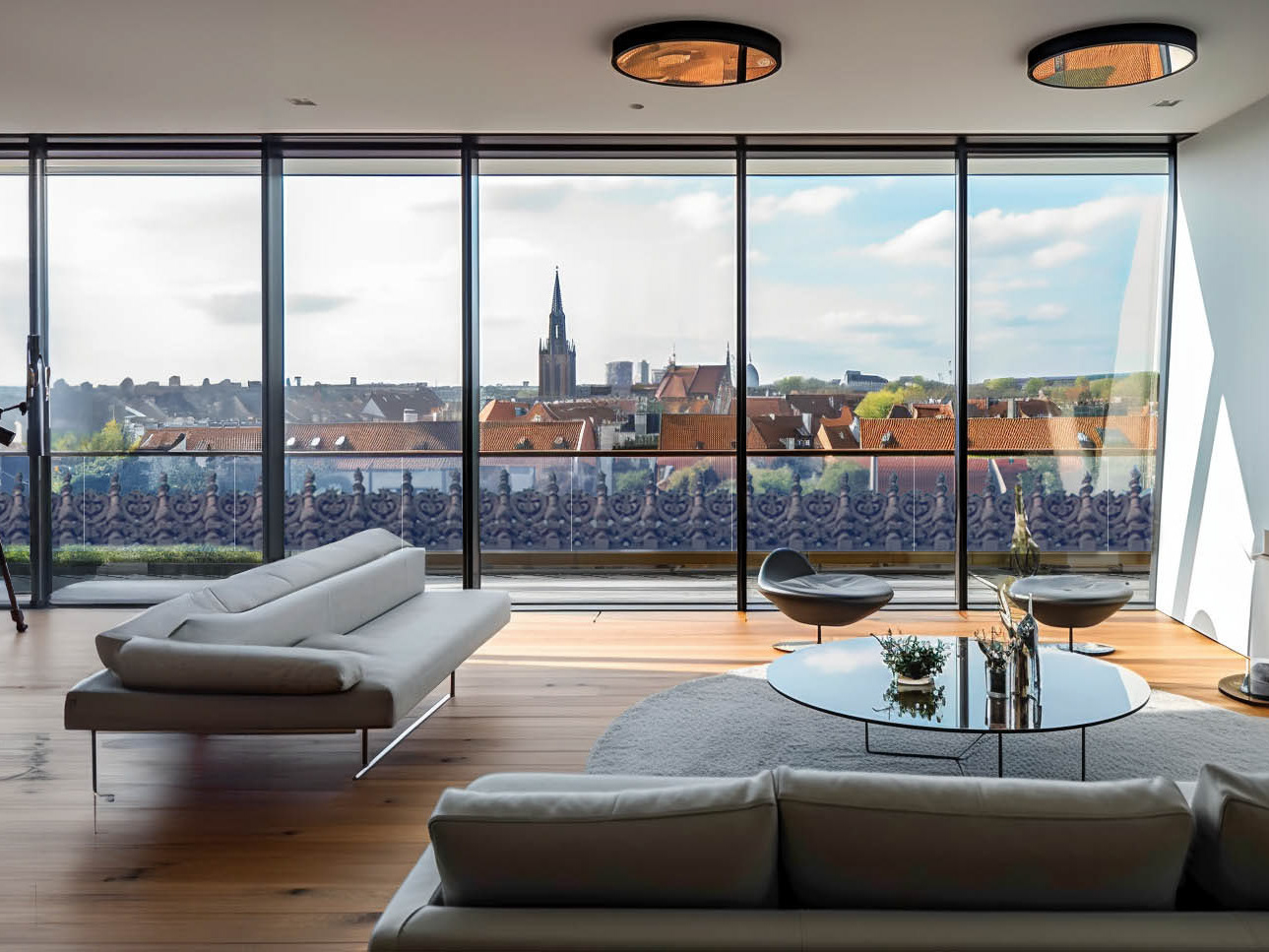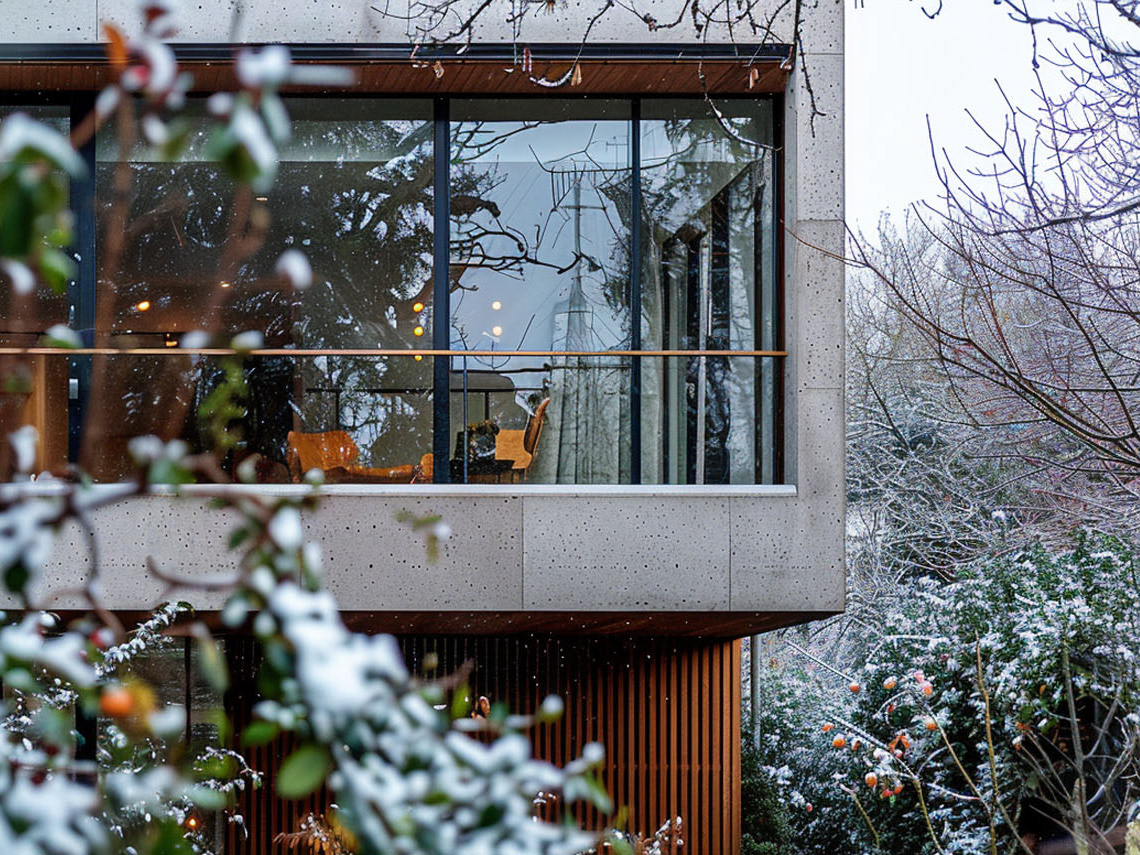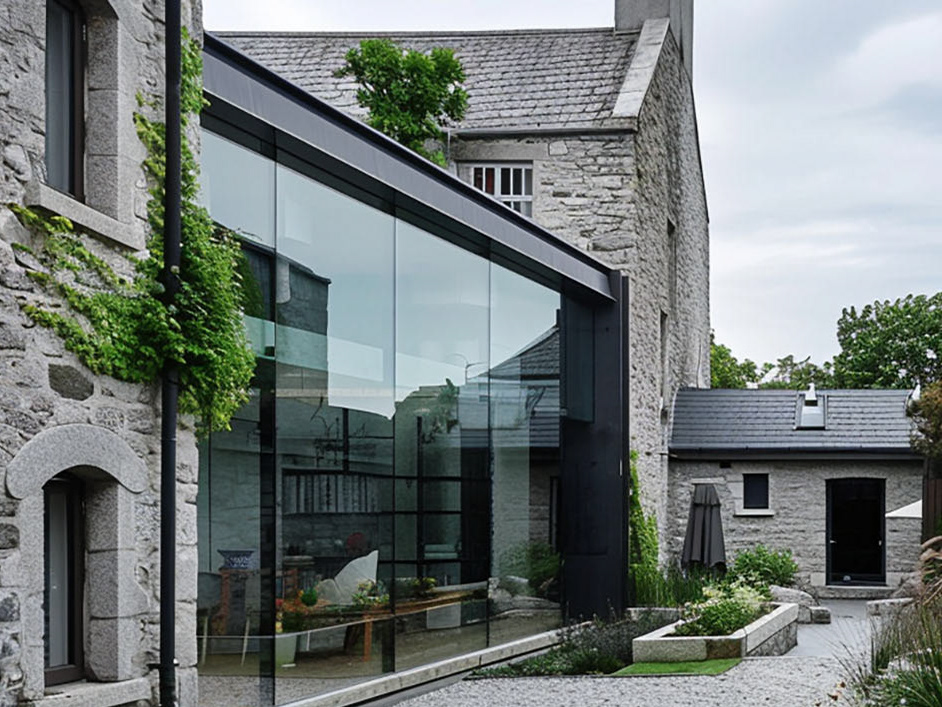Passive Design
As an architect who prioritizes the seamless integration of our built environment with the natural world, I've devoted loads of work to weaving sustainable and passive solar principles deeply into the fabric of our practice at JACA Architecture + Design. For me, sustainable architecture transcends energy efficiency—it involves a profound engagement with the physical and ideological aspects of nature, aiming to create spaces that are not only energy-conscious but also harmoniously aligned with their natural surroundings.
Energy Efficiency First
At the outset of any project, whether a new design or a remodel, our priority is to maximize energy efficiency. This is the most cost-effective way to reduce heating and cooling demands. We work with specialists who are adept in energy-efficient construction to ensure that our buildings minimize energy consumption from the ground up. For renovations, conducting a home energy audit is a crucial first step, allowing us to pinpoint and prioritize enhancements that will yield the most significant energy savings.
Site Selection
The choice of site is pivotal in passive solar design. For new constructions, ensuring unobstructed solar access on the south side of the building is crucial. We consider the potential growth of vegetation and future developments that could obstruct sunlight. In locales where solar access is unprotected, strategic placement of the home on the plot is essential to ensure long-term access to sunlight.
Understanding Passive Solar Home Design
Passive solar design harnesses solar energy without active mechanical systems. It involves the strategic use of windows, thermal mass, and shading devices to collect, store, and distribute solar energy in the form of heat in the winter and reject solar heat in the summer. Proper orientation of windows—ideally within 30 degrees of true south—and ensuring they are unshaded during peak solar hours maximize this effect. We also design roof overhangs and other shading devices to provide shade during the warmer months.
Thermal Mass and Distribution Mechanisms
Thermal mass materials such as concrete, brick, stone, and tile are employed within the building envelope to absorb, store, and later release heat. Positioned correctly, these materials moderate indoor temperatures by absorbing heat during the day and releasing it at night. We also use advanced distribution mechanisms like convection to naturally move warm air throughout the building, enhancing the overall efficiency of the space.
Refining the Design with Advanced Simulations
Utilizing computer models, we simulate various passive solar strategies to refine the design to best fit the site conditions, budget, and aesthetic preferences of our clients. This simulation process involves adjusting the building’s orientation, window-to-wall ratio, and thermal mass to optimize comfort and energy use.
Direct and Indirect Gain
Our designs often feature direct gain techniques, where sunlight directly enters a space and is absorbed by thermal mass. Indirect gain, such as Trombe walls, is another strategy we employ, where sunlight heats a mass that is located between the sun and the living space, slowly releasing heat into the home.
Isolated Gain and Sunspaces
Sunspaces or solariums serve dual purposes in our designs. They provide passive heating and create vibrant living spaces filled with natural light. These spaces are carefully designed to contribute to heating in winter while preventing overheating during warmer months.
Holistic Approach to Summer Comfort
Designing for comfort year-round, we integrate features to mitigate heat gain in summer. This includes landscape design that complements the building, providing natural shading and cooling effects, and architectural features like adjustable awnings and strategically placed vegetation.
Our approach to passive solar design is not just about implementing a set of technical strategies but about creating a seamless integration of a building with its environment. This holistic approach ensures that our designs are not only energy efficient but also enhance the well-being of occupants, making each space a testament to the harmony between human habitation and the natural world. At JACA, we believe that architecture should be a thoughtful response to the environment, a principle that drives our commitment to innovative and sustainable design practices.
________________________________________
Read Also
________________________________________
________________________________________
JACA
ARCHITECTURE+DESIGN






